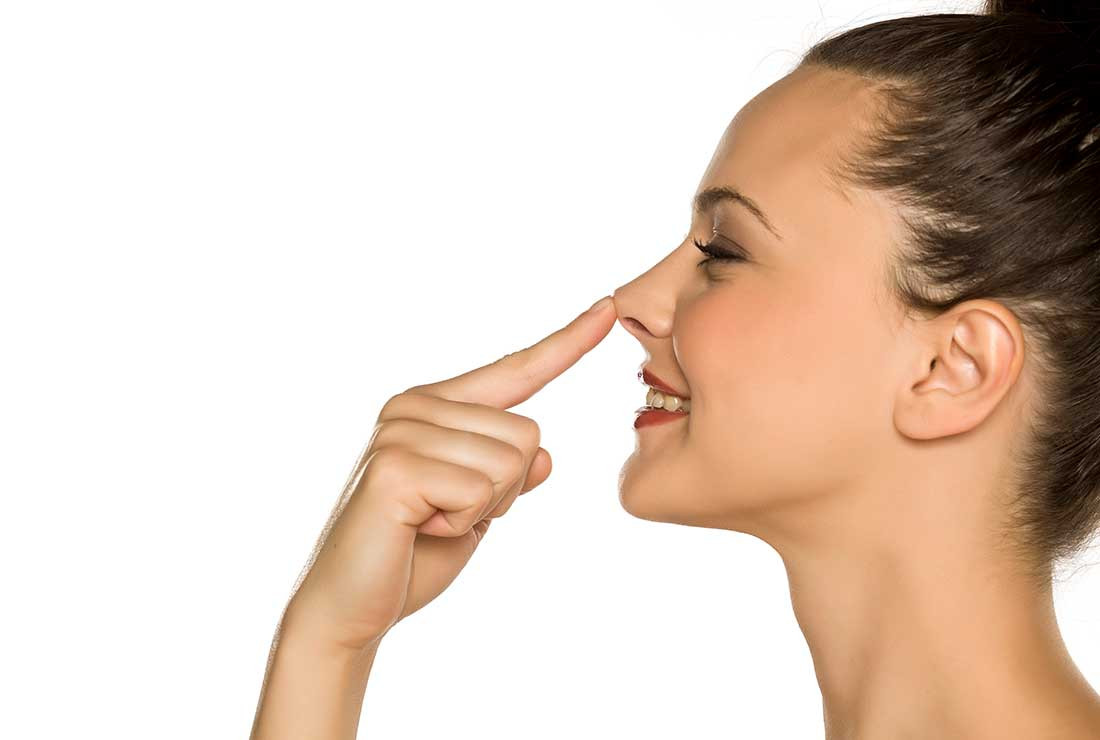Nose filling is used to remove cavities in the nasal bone and improve the appearance of the nose and give the tip of the nose an upturned appearance.
Nose Filling
What materials are used for the filling?
Hyaluronic acid or the patient’s own oil is used for nasal filling.
Is it a painful application?
The filling process using hyaluronic acid is painless.
If it will be done with fat injection, the patient should have liposuction to remove the fat in the abdomen or hip area.
The fill app is useful when:
In many cases of volume loss in the body, filling is applied to reshape and give a youthful appearance.
How is nose filling done?
Before the application with hyaluronic acid, anesthetic cream is applied to the patient; The cream shows its anesthetic effect in about 30 minutes and the filling is done by injection method.
Before filling with fat injection, liposuction surgery is performed to remove the fat from the hip or abdomen of the patient. Then the injection is made.
If the nose filling is made with stem cell based fat fillers, these fats are sent to a laboratory approved by the Ministry of Health after sufficient amount of fat is removed from the patient’s hip or abdomen by liposuction. When the stem cells reach the desired number, the doctor performs the injection.

Nose Filling
Who should apply nose filling?
If it is done using hyaluronic acid in practice, it must be done by a doctor.
If it is done with fat injection, it can only be done by a surgeon. The nose filling process will be charged differently depending on the procedure. Stem cell-based application can be done in the operating room, others in the clinic. You can contact us for price information.
Application period
In hyaluronic acid fillers, the application takes any time between 30 minutes and 1 hour.
Nose filling with fat injection is an operation and fat must be removed from the patient’s hip or abdomen, and this fat must be made injectable and injected. The operation time is about 2 hours.
Before filling the nose with stem cell-based fat fillers, fat is taken from the patient and sent to a laboratory approved by the Ministry of Health. When the number of cells reaches the desired number, the patient should be injected. The surgery takes about 2 hours, the replication of the stem cells takes 3-5 weeks and then they need to be injected in a process that takes about 30 minutes to 1 hour.
Advantages of nasal filling
The biggest advantage of nasal filling is that it allows the nose to be reshaped as desired in cases where rhinoplasty (nose surgery) or nasal tip aesthetics (nasal tip surgery) is not required. A more desirable profile can be obtained by filling the gaps in the main bone. Likewise, the deformed tip of the nose can be corrected to a certain extent and the nose can be given an upturned appearance.
How long does the effect of nose filling last?
The effect of the nasal filling made with hyaluronic acid lasts for 6 months-1 year, the effect of the oil injection done 2-3 years, and the effect of the stem cell-based oil injection lasts approximately 5 years. This period may vary from patient to patient. As time progresses, its effect diminishes and disappears from the first moment.
What are the disadvantages of nasal filling?
There is no disadvantage of filling the nose.
What is the healing process of nasal filling?
The procedures performed with hyaluronic acid do not require a recovery period and the patient continues his normal activities after leaving the office. If the nasal filling process is done with fat injection or stem cell-based fat injection, it will take 2-3 weeks for the patient to improve the swelling and bruises in the nose with liposuction.
Who can not get nose filling?
This procedure cannot be applied to patients for whom nasal filling is contraindicated by an ENT specialist or dermatologist.
Otorhinolaryngology Specialist Op. Dr. Evren Ay Koç would like to give you some advice;
Although you know the importance of your beauty, no application for beauty is as important as your health. “First do no harm” is the first principle that all surgeons learn. As a physician committed to this principle, I would like surgical intervention to be seen as a last resort, as long as an alternative method is available. Sometimes misdirections can unfortunately lead to undesirable results.
The nose is a very important organ for both our comfort of life and our visual appearance. Before such applications are made, it must be examined by an ENT doctor and its suitability must be confirmed. This can prevent undesirable results after the procedure. For this reason, I always make a free examination for all my patients who will have cosmetic applications.